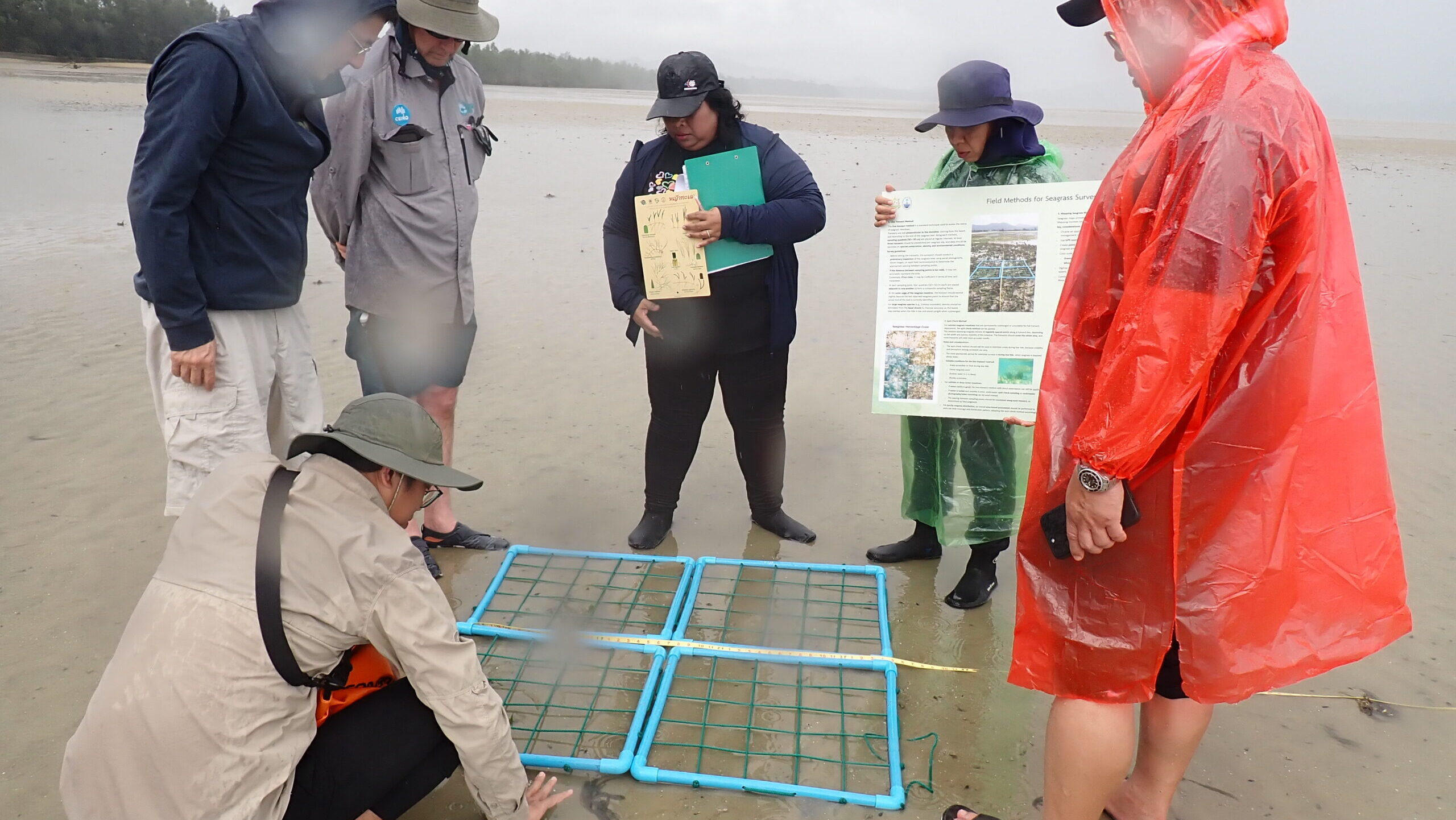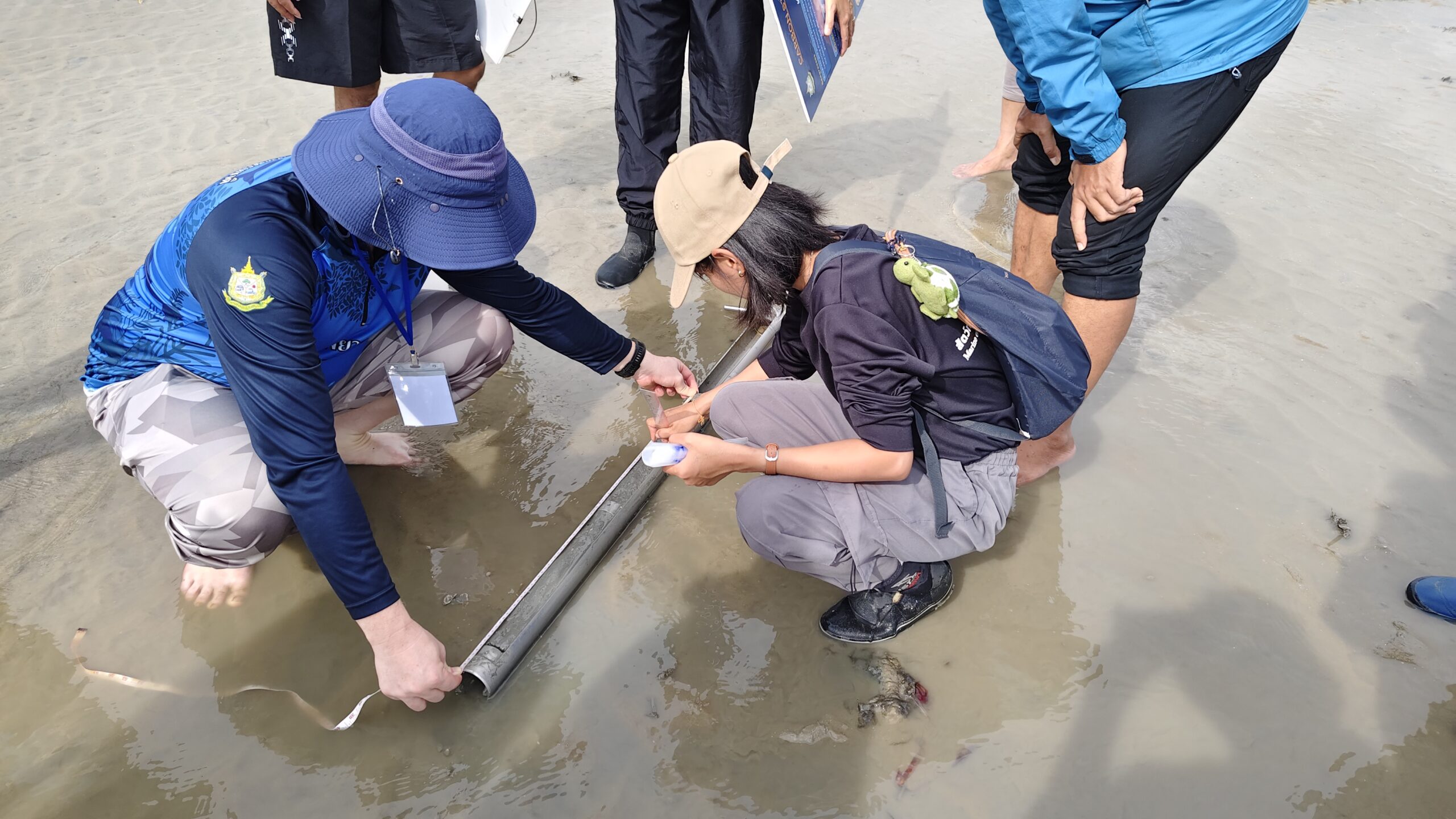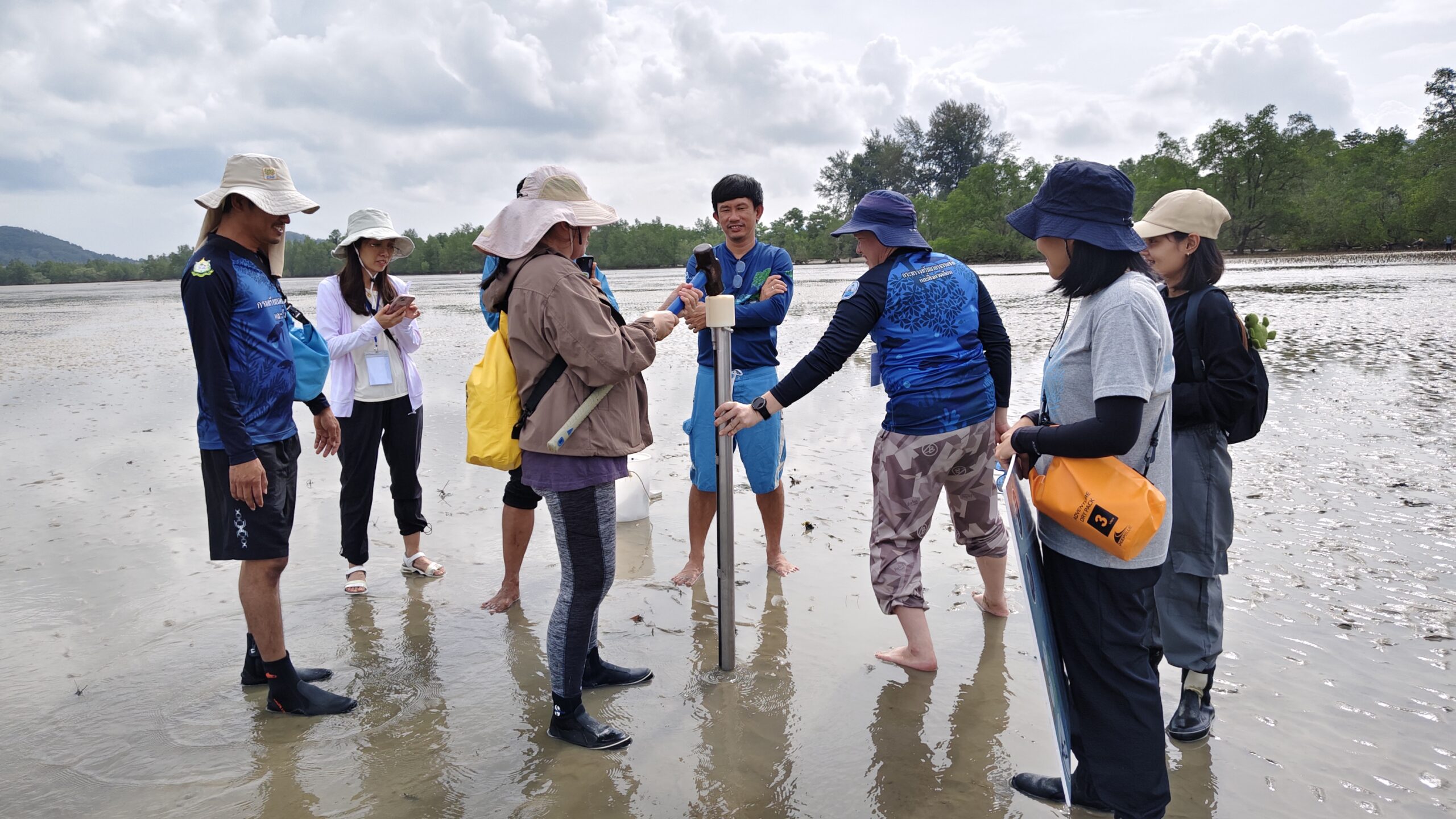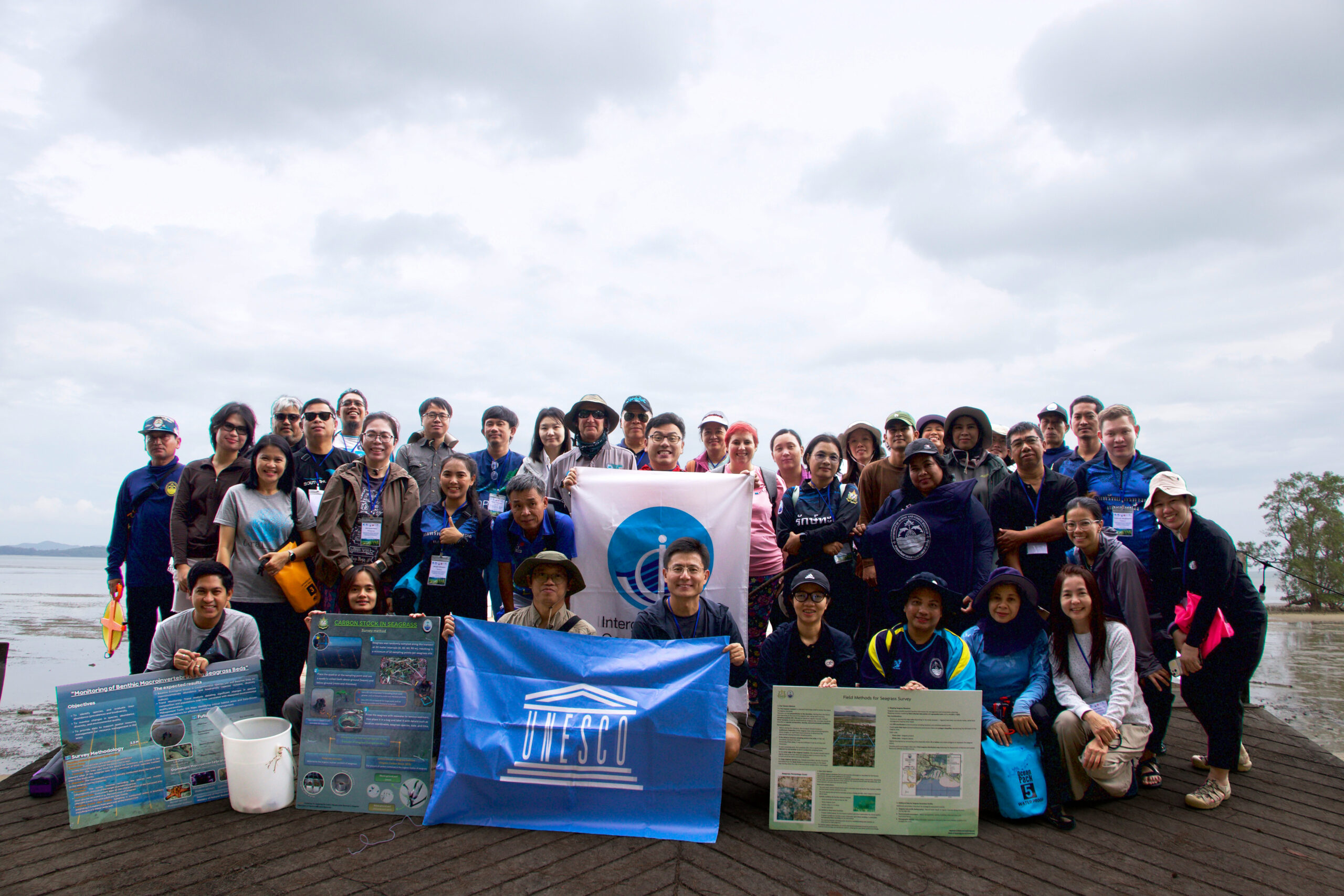- Wenxi Zhu & Qin Liu
- Posted on
- Phuket, Thailand
Seagrass meadows play a vital role in keeping our coasts healthy. They support rich marine life, sustain fisheries and food security, store large amounts of blue carbon, protect coastlines, and improve water quality. When seagrass decline, entire coastal ecosystems and community livelihoods that rely on them feel the impact.
“The overall condition of seagrass in the country has been continuously degrading since 2020,” shared Tipamat from Thailand’s Department of Marine and Coastal Resources.
Unfortunately, this tread is not unique to Thailand. Across Southeast Asia, seagrass losses have become increasingly alarming, underscoring the urgency of advancing research, conservation, and restoration.
From 4 to 6 November 2025, the IOC Sub-Commission for the Western Pacific (WESTPAC) convened fifty experts, resource managers, and government officials from ten Member States — Thailand, Indonesia, Malaysia, the Philippines, Singapore, Viet Nam, Myanmar, the Republic of Korea, China and Australia — along with relevant International programmes, to strengthen cooperation in seagrass research, conservation, and restoration.




Keynote speaker Mat Vanderklift (CSIRO) alarmed that the seagrass global extent has declined by over 30% over the past century. He called for stronger, science-based efforts to reverse this trend, and emphasized the importance of combining traditional field surveys with new technologies such as drones, satellite imagery and AI, to better monitor and restore seagrass ecosystems.
Keynote speaker Chan Leo Lai from City University of Hong Kong showcased cutting edge innovations for nearshore benthic habitat mapping and monitoring. his team is building a Digital Monitoring System for Coastal Ecosystems that use underwater communication and navigation systems, diver-propulsion mapping vehicles, drone-based multispectral imaging, and environmental DNA (eDNA) to produce detailed 2D and 3D habitat maps.
During the plenary sessions, participants shared their national status of seagrass ecosystems, research efforts, monitoring and assessment practices, restoration and management strategies.

A field visit to the Pa Khlok Seagrass Area — one of Phuket’s largest and most important seagrass meadows — gave participants a practical hands-on experience. This unique site, known for its rich species diversity and significance as a dugong foraging habitat, provided the ideal learning environment. Participants were provided with hands-on practice in drone-based seagrass mapping, quadrat surveys for species composition and coverage, macrofauna sampling, sediment coring for blue carbon assessment, and enclosure-based rehabilitation techniques.
Following the fieldwork, participants engaged in group discussions around four priority areas: i. Research and monitoring, including impact of disturbances; ii. Seagrass conservation and restoration; iii. Assessment and economic valuable, including those related to blue carbon; and iv) Innovative financial mechanism.
The lively discussions generated a clear set of joint actions that participants will take over the next two years, including: developing a regional seagrass prospectus for outreach; preparing a regional seagrass outlook; conducting a synthesis of seagrass economic valuation methodologies and practices; developing a regional seagrass restoration guide; and delivering practical training workshops on subtidal seagrass mapping with technical support from City University of Hong Kong, and UAV-based mapping for intertidal seagrass meadows, for which WESTPAC is finalizing a standard operating procedure.
The workshop reaffirmed our Member States’ shared commitment to protecting seagrass ecosystems. With renewed partnerships and a clear set of joint actions, the IOC Sub-Commission is moving forward to strengthen seagrass research and conservation among Member States in the region for the long-term health of coastal communities and marine biodiversity.

